Thanks for reading AWAKENING MINDS! Other ways I can support you (and vice versa) ⤵️
⚠️ NEW LIVE CEREMONY May 29! Discover the life-changing and consciousness-expanding ➡️ EVOLVE YOURSELF biofield activations ⬅️
Through my first book, THE GRAND ILLUSION: A SYNTHESIS OF SCIENCE & SPIRITUALITY - Book 1 📘 - 10,000 hours of research in 1 book
With a paid Substack subscription to get FULL Substack access (includes all audio 🎧 versions + commenting)
📕 Going with a paid sub ALSO helps me focus on getting Book 2 DONE and out to curious people like you! Thanks in advance for supporting me.
Intro: Nothing New Under the Sun?
During the occupation of any planet by the human life-wave, each individual monad is inevitably incarnated many times. —A. P. Sinnett, Esoteric Buddhism
It goes without saying that virtually all esoteric doctrines include reincarnation, along with most ancient and major religious systems. The Greek Orphics (c 600 BC) called it metempsychosis, or the transmigration of souls, and Herodotus wrote they brought it from Egypt—where they no doubt derived much of their knowledge from.1
Esotericist author and initiate Manly P. Hall wrote that Orpheus brought the Mysteries from the East and established them in Greece not later than 1400 B.C. According to him, even the Egyptians symbolically acknowledged the Eastern (Indian) origin of their religion.
The Greeks also had a relevant Platonic term for “the remembering of things from a supposed previous existence”: anamnesis—more literally, a loss of forgetfulness. In Phaedo Socrates appealed to the Orphic tradition that the souls of the dead exist in the world below/underworld and, pre-existing, come to enter into human bodies, eventually re-entering the underworld in a cyclical process in which opposites (such as living and dead) are generated from each other.2
Variations on the reincarnation theme can be found among the ancient Egyptians, the Hindus, the Quiche Maya, Japanese, Chinese, Koreans, the American Indians and in the folklore of Europe and Africa. It is also supported by Hasidic Judaism, as well as Gnosticism and other mystical traditions within Christianity (though historically publicly denounced by the Christian hierarchy).3
This should not be surprising, as the mystical traditions represent the heart of “true religion,” being based in firsthand conscious experience (empiricism). The mainstream forms that religion have taken tend to represent a bastardisation of this knowledge into abstract and dogmatic conceptualisations that have little to nothing to say of reality. Vegetarian mathematician Pythagoras, an initiate of twenty-eight mystery schools including Greek, Egyptian, Chaldean and Hindu, “affirmed that they taught precisely the same doctrine in all matters.4”
The Tibetan Buddhists also embrace this doctrine: the current Dalai Lama is considered the fourteenth successive incarnation of the same soul, as determined by a series of inspections and tests applied to the child Dalai-Lama-to-be.5 The highly advanced soul (adept) is believed capable of stating in which child, when, and where he will be reborn in his next life—and then doing so.
Julian Jaynes noted that Herodotus was criticised for saying that Pythagoras learned of these things in Egypt, but that, in light of his (Jaynes’) model of the bicameral mind, the origin of soul transmigration in Egyptian thought is not hard to trace—but it looks different than we might have supposed. Jaynes suggests it was a Greek misunderstanding of the functions of the Egyptian ba, which was often the apparent physical embodiment of the ka, or a person’s “hallucinated voice” after death: “Often the ba had the form of a bird.” But Greek had no word for ka or ba, nor for a “life” that could be transferred between bodies, and thus, “psyche was pressed into this service.”6
As it happens, psyche had meant “life” up until around the time of Pindar, around 500 BC, when its meaning began to change radically, referring instead to something that survives after life has ceased, “the soul or ghost that goes to Hades.”7
This was possibly another symptom of the continually developing consciousness of man and the breakdown of the bicameral mind which once (apparently) produced the voices and visions of the gods. It is also a reminder that we should not fall into the trap of projecting the nature of our own conscious experience back onto the peoples of the distant past—their conscious experience may have been quite different to ours in some fundamental ways, as Jaynes’ thesis indicates.
Thus, psyche went from referring to the “livingness” of something to then referring to the “soul,” something that survives the death of the body, eventually coalescing with nous, and thereafter becoming virtually interchangeable with writers such as Parmenides and Democritus.8 This material introduces a further level of complexity, without the ability here to fully do it justice, and I am necessarily skipping over much in the interests of efficiency.
Skipping Ahead
In more recent times (1923 to be precise), uneducated “country bumpkin” Edgar Cayce awoke from a trance in Dayton, Ohio, to be told that he had asserted the reality of reincarnation: that man is born in many different bodies. At that time, Cayce himself did not believe in reincarnation; but when his sleeping self had repeatedly affirmed its reality, he came to terms with it and incorporated it into his orthodox Christian doctrine,9 much as many Christian NDErs have done following their near-death experiences.
The work of Edgar Cayce was not really known in France until 1960 when le Matin des Magiciens, a best-seller by Louis Pauwels and Jacques Bergier was published. The section on Cayce only deals with the health readings given by Cayce in a trance state that he could enter at will, and the extraordinary results obtained by his healing methods, with a proven record of nearly 100% cures out of 17,000 documented cases. (If only today’s mainstream medical practitioners had anywhere near this level of efficacy—alas, that isn’t the business model.)
It was during some of these health readings that Cayce referred to events in the past lives of several patients. At the insistence of a fervent believer in the soul’s survival (Arthur Lammers), who was seeking to learn man’s true destiny, Cayce went on to give “psychic readings” or “life readings” as they came to be known. These 3,800 readings have produced a body of the most astounding and extraordinary statements, not only about the subjects’ past lives but about the (apparent) early history of the human race.10
Cayce’s records speak for themselves. He has been so extensively written about—over 20 million of his spoken words collected and anthologised—that to dwell here further on his prolific accuracy would be needlessly repetitive. Incidentally, Cayce also affirmed along with earlier Christian mystic Swedenborg that “heaven” and “hell” are within us, and that, ultimately, each individual is truly one with “God.” (These ideas are clarified and elaborated massively within Book 2 of The Grand Illusion—jump on the wait list.)
*Continued below…
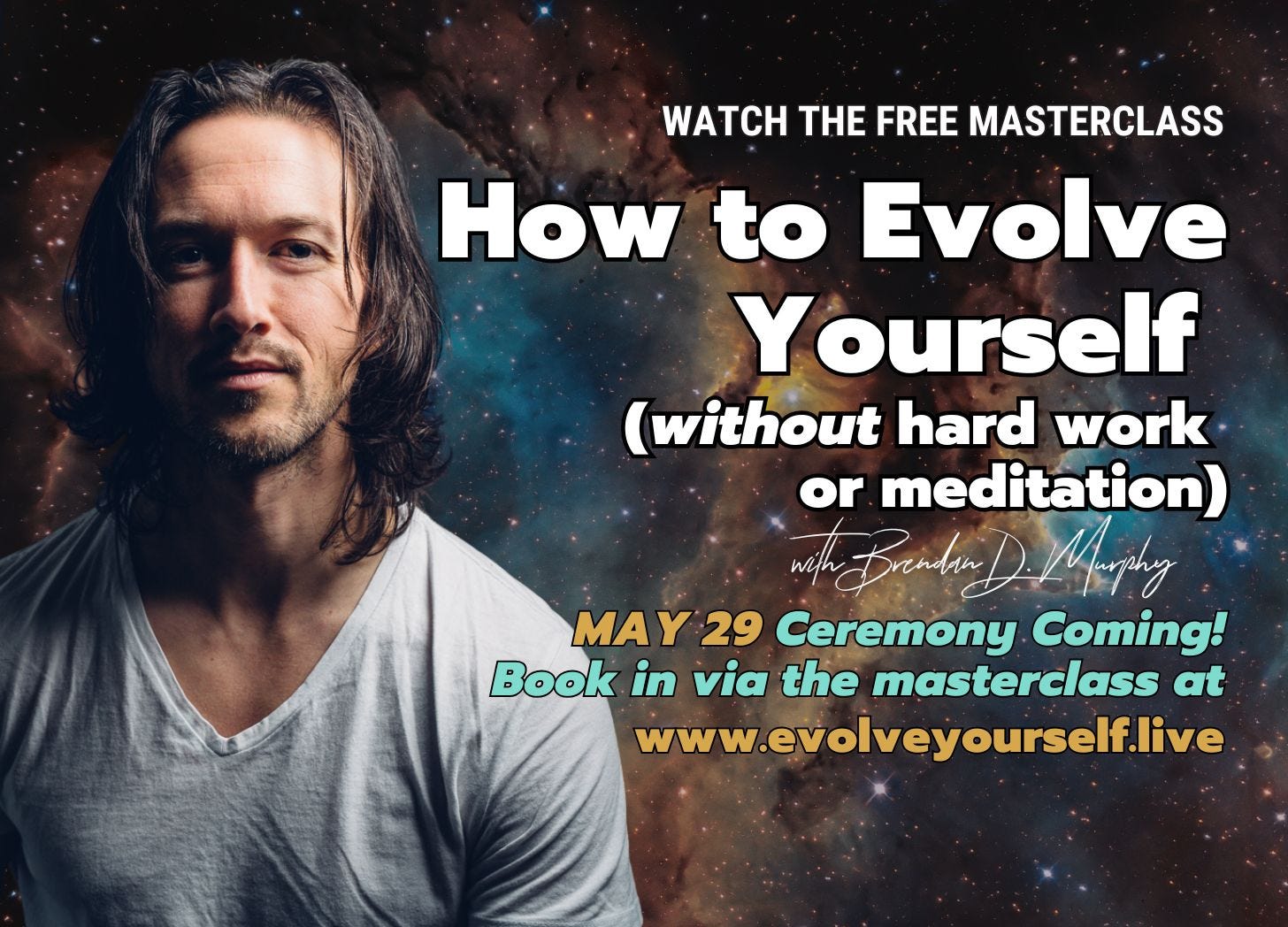
The Therapeutic Value of Past Life Therapy
While I don’t want to unnecessarily take up space by trying to sketch a thorough overview of the therapeutic value of past life regression work, I do want to draw attention to the undeniable healing effects documented by many workers in the field (including Dr Brian Weiss, William Baldwin, Michael Newton and the many practitioners trained by the Newton Institute, Dr Stan Grof, Dr Edith Fiore, Dr Helen Wambach, and many more).
Grof shares an interesting case study featuring profoundly synchronistic circumstances:
I once worked with a person who was involved in a very difficult adversarial relationship of long standing. During a past life experience, he saw this adversary as his murderer in a lifetime they had shared long before. After going into the past and forgiving that crime, the client instantly changed his present life feeling toward this person. Old animosities and fears instantly faded and he saw the person in a new light. As this was occurring, his one time enemy was simultaneously but independently undergoing a similar personal experience half way around the world that transformed him in the same direction...11
Grof adds that he has witnessed this nonlocal dynamic play out through his work many times. Others have too.
For a somewhat similar case relating to the “mutual vampirism” of two boys, see Bob Johnson, The Occult Investigator (2004). In short, as one boy in Transylvania was successfully treated using a “scare” ritual in a cemetery, the other boy thousands of miles away in Connecticut was spontaneously cured of his lust for flesh also.
The obvious question re: past-life regression is: why should consciously experiencing and reintegrating a “past life” have any effect at all, let alone such a profound effect on another living person who is not even consciously involved in the procedure?
The Sherlock Holmes of Reincarnation: Dr Ian Stevenson
What is the greatest scientific discovery of the 20th century? Reincarnation!...It follows that the greatest scientist of the 20th century was Professor Ian Stevenson.—Christopher Humphrey
It is generally recognised that the most definitive scientific research on reincarnation was carried out by Dr Ian Stevenson (1918 - 2007). In 1968, Stevenson stepped down from Head of the Department of Psychiatry at the University of Virginia and became Director of the Division of Personality Studies (later renamed Division of Perceptual Studies). This was enabled by the death of Chester Carlson (father of the Xerox machine), who willed $1 million to Stevenson so he could further his research into reincarnation.12
Consequently, Stevenson is known as the godfather of scientific research into reincarnation, and is famous for collecting and meticulously researching cases of children who seemed to recall past lives without need of hypnosis. He also carried out highly detailed and rigorous research on birthmarks in relation to apparent memories of previous lives.
Stevenson devoted forty years of his life to the scientific documentation of past life memories of children. He amassed over 3,000 cases in his files from all over the world (including northwest North America, Lebanon, Brazil, Turkey, Thailand, Burma and West Africa, Europe, North and South America), noting that children with apparent past-life memories could be found anywhere, though especially easily in South Asia.13 Many scholars and fellow scientists agree these cases offer the best evidence yet for reincarnation.
Stevenson’s cases focus on children who spontaneously (without hypnosis) remember a past life. In each case, he methodically documented the child’s statements and behaviors. Then he attempted to identify the deceased individual the child remembered being, verifying the facts of the deceased person’s life that match the child’s memory. He paid special attention to birthmarks and birth defects children had that matched wounds and scars on the deceased, often verified by medical records, or if records were not available, through testimony of the deceased’s family members. His famously strict methods applied to thousands of cases rule out all possible “normal” explanations for the child’s memories.14
Stevenson was so fastidious and dedicated to testing the notion of reincarnation that he even screened cases that could be explained by telepathy or “spirit possession.15”
Stevenson gathered and collated his data with a detective-like dedication and methodicalism, piecing together each case with such an attention to detail that he virtually single-handedly took the concept of reincarnation into the realm of academic respectability. In the words of author Piero Calvi-Parisetti, “The results are nothing short of stunning.”16
Indeed, so thorough was Stevenson in his research, and so detailed were the past-life accounts of many children he studied, that he was many times able to locate and identify their apparent previous personality by following the information they provided and tracking it back like some sort of time-travelling Sherlock Holmes.
He essentially attempted to disprove the claims being made by the children, and he looked at every conceivable possibility that a story could be explained with something other than reincarnation before putting it forth for scrutiny. Stevenson’s attention to detail was unreasonably high. He even made second and more trips to his subjects’ countries when need be, apparently travelling some 55,000 miles per year.
Regarding his strong focus on children’s past life recollections rather than adults, he said:
“I cannot emphasize too strongly that a child who is going to remember a previous life has only about three years in which he will talk about it. Before the age of two or three he lacks the ability. After five, too much else will be happening in his life, and he will begin to forget.”17
That combined with the fact that adults tend to have absorbed more information which could lead to the fabrication of past life “memories” meant that, for Stevenson, the most fertile research ground lay with young children who were old enough to speak, but young enough not have have been “contaminated” by information or acquaintances with which false memories or tales could be created, and also young enough to not have been fully programmed by any cultural taboos such as those pertaining to reincarnation.
Stevenson identified some recurrent features in his cases. One of these is a high incidence of violent death in the persons whose lives the children remember. This feature occurs in the cases of all ten cultures for which we have examined groups of cases; although the incidence of violent death in the cases varies from one culture to another, it is far higher among the cases than in the general populations from which they are drawn.
In more than seven hundred cases in six different cultures, sixty-one percent remembered having died violently…Children also tend to remember the final years [of] a previous life. Almost seventy five percent of our children appear to recall the way they died, and if death was violent, they remember it in vivid detail.18
Stevenson found that 64% of forty-seven cases who recalled a previous death by drowning had a fear of water.19 In his words, “many of the children show behavior (such as a phobia) that is unusual in their family but found to correspond to behavior shown by the deceased person concerned or conjecturable for him.”20
Other recurrent features also vary from culture to culture. These include the occurrence of dreams in which a deceased person seems to announce to the dreamer the intention of being reborn (usually in the family of the dreamer), the incidence of claims to have been a person of the opposite sex in the previous life, and the interval between the concerned deceased person’s death and the subject’s birth.21
The Scientific Verdict?
Dr. Joel Whitton, a psychiatrist with a degree in neurobiology, once stated to the late physicist Michael Talbot (The Holographic Universe) that he felt reincarnation was already accepted as a scientific fact: “My experience with scientists is that if they’ve read the literature, they believe in reincarnation. The evidence is just so compelling that intellectual assent is virtually natural.22”
Dr. Chris Humphrey concurs that “reincarnation is a well-established scientific fact.”23
According to professor of philosophy Neal Grossman,
The best epistemological analysis of the evidence was given by Robert Almeder (1992). After a lengthy and detailed discussion of children who appear to remember previous lives, he twitted Stevenson for concluding only that “it is not unreasonable to believe in reincarnation,” given the evidence. The proper conclusion, according to Almeder, should be “it is unreasonable to reject belief in reincarnation,” given the evidence. I agree with Almeder.24
Almeder, however, rightly goes further, adding that the evidence in favour of reincarnation is at least as strong as the evidence for a belief in the past existence of dinosaurs.25 The difference is not so much in quality of evidence, but in the type: evidence for reincarnation cannot simply be held in one’s hand like a fossil or a pottery vase, though both forms of evidence are derived from empiricism.
Scientific process does not deal with certainty or absolutes, but only likelihoods or probabilities. The more genuine evidence for something, the more probable is its reality (the stronger the “proof”). Reincarnation, unlike a concept such as “pathogenic contagious viruses,” or rational “rationalists,” stands on strong evidential ground.
The Baghavad Gita (believed by some scholars to originate from around 200 BC) states things eloquently:
As a man, casting off worn-out garments taketh new ones, so the dweller in the body, casting off worn-out bodies, entereth into others that are new. For sure is the death of him that is born, and sure the birth of him that is dead; therefore over the inevitable thou shouldst not grieve.26
As the Baghavad Gita suggests, birth and rebirth are inevitable (I discuss why in Book 2). In the words of the now-discarnate Anne Strieber, “souls are enormous, complex entities, each of them on a journey toward ecstasy that it would never, ever abandon.”27
There may be more to it than this—let’s dig deeper.
Frenchman Albert de Rochas (1837 – 1914) is reportedly the first person to systematically utilize hypnotherapy to access past life memories. According to Whitton, the most notable successors to de Rochas were Swede John Björkehm, and Englishman Dr Alexander Cannon. Combined, they excavated massive amounts of apparent past-life material.
Cannon started out as a sceptic and only reluctantly conceded to his own data. He regressed 1,382 volunteers as far back as several millennia BCE, but for years regarded the theory of reincarnation as a “nightmare,” which he did his level best to disprove, even arguing with his trance subjects that what they were saying was nonsense:
Yet as the years went by one subject after another told me the same story in spite of different and various beliefs. Now well over a thousand cases have been so investigated and I have to admit that there is such a thing as reincarnation.28
Cannon went on to say that Freud’s work had been “outflanked by reincarnation.”
This is definitely not to say that all apparent past-lives are what they seem to be. Dr Reima Kampman, a psychiatrist in Finland, started researching past life regression in the 1960s, eventually studying 200 students from the ages of twelve to twenty-two, finding that most were easy to hypnotize and almost half uncovered apparent past-life memories. Curiously, those who were able to access past-life information had a better outlook on life, handled stress better, and were less neurotic.
But it turned out that many (not all) of them had unconsciously derived “past-life memories” from information they had obtained quite normally in their current life, whether from books or other sources.29 Stevenson also investigated such cases. For some reason, our minds can easily and unconsciously incorporate information into our memory bank and slyly—and erroneously—class it under “personal memory,” sometimes to be later dredged up when the right circumstances arise (hence, cryptomnesia)
This is why every case needs to be assessed on its own merits and thoroughly investigated to establish whether anything truly interesting is going on (which is what Stevenson did).
Networked Information, Indra’s Net, and the Collective Human Hologram
In principle, I don’t disagree with information theorist Ervin Laszlo’s explanation of reincarnation when he says that past life experiences,
“constitute access to the holographic vacuum-traces of another person’s consciousness. The person whose experiences we re-live may live in another place, or could have lived at another time. The holograms that carry their lifetime experiences are distributed in space and do not phase out in time.”30
If we stop there, however, I do find this take slightly reductive, two-dimensional, and tending to ignore the importance of meaning in our entangled, holographic universe. We do not have to accept a simple linear concept of reincarnation either, particularly considering the current quantum mechanical paradigm replete with theoretical multiverses and parallel universes (with parallel selves and infinite variations of self), and of course, a “past” that is not fixed or frozen in time, but somehow holographically present here and now.
That person who lived at “another time” could indeed have been another version, or expression of, your own hyperdimensional “oversoul” (or Monad) its own immortal consciousness-meaning-information unit—at the very least it would have to be, by definition, an expression of the collective human overmind/collective consciousness (this is clarified in Book 2). Just as there are no islands in the Electric Universe, there are no isolated “souls” in Indra’s net (an early Hindu prototype of the holographic principle of total interconnectedness)—we as individuals are all massively networked in a holographic totality with consciousness as its foundation (see Book 1 for the proof).
Some commentators seem to miss this in attempting to reduce everything to passive information in an indifferent “Akashic field.” It also makes sense that people would tune into (download) “past-life experiences” (meaning-bundles of data) that are pertinent (more meaningful) to them and their situation—potentially their own historical lifetimes. Why shouldn’t the information in the Akashic/quantum field be structured and organised in certain ways, as opposed to not?
Then again, is it simply the case that a particular challenge—say chronic sinusitis—can put someone’s consciousness en rapport with the holographic vacuum traces of a deceased person’s consciousness who had once experienced an event that meaningfully correlated with that situation?
If memory serves me, Grof once documented the case of a woman with just such a problem who discovered “past life” memories of being drowned as a “witch” by ignorant villagers. As the water entered her nose and sinus cavities while she drowned (NOT a pleasant sensation in itself, to say nothing of the terror she experienced), it apparently laid the foundation for “future” sinus problems in the “next” lifetime. (Numerous case studies illustrate my point about the correlation between the problems in a present life and the type of trauma or mode of death from a previous life.)
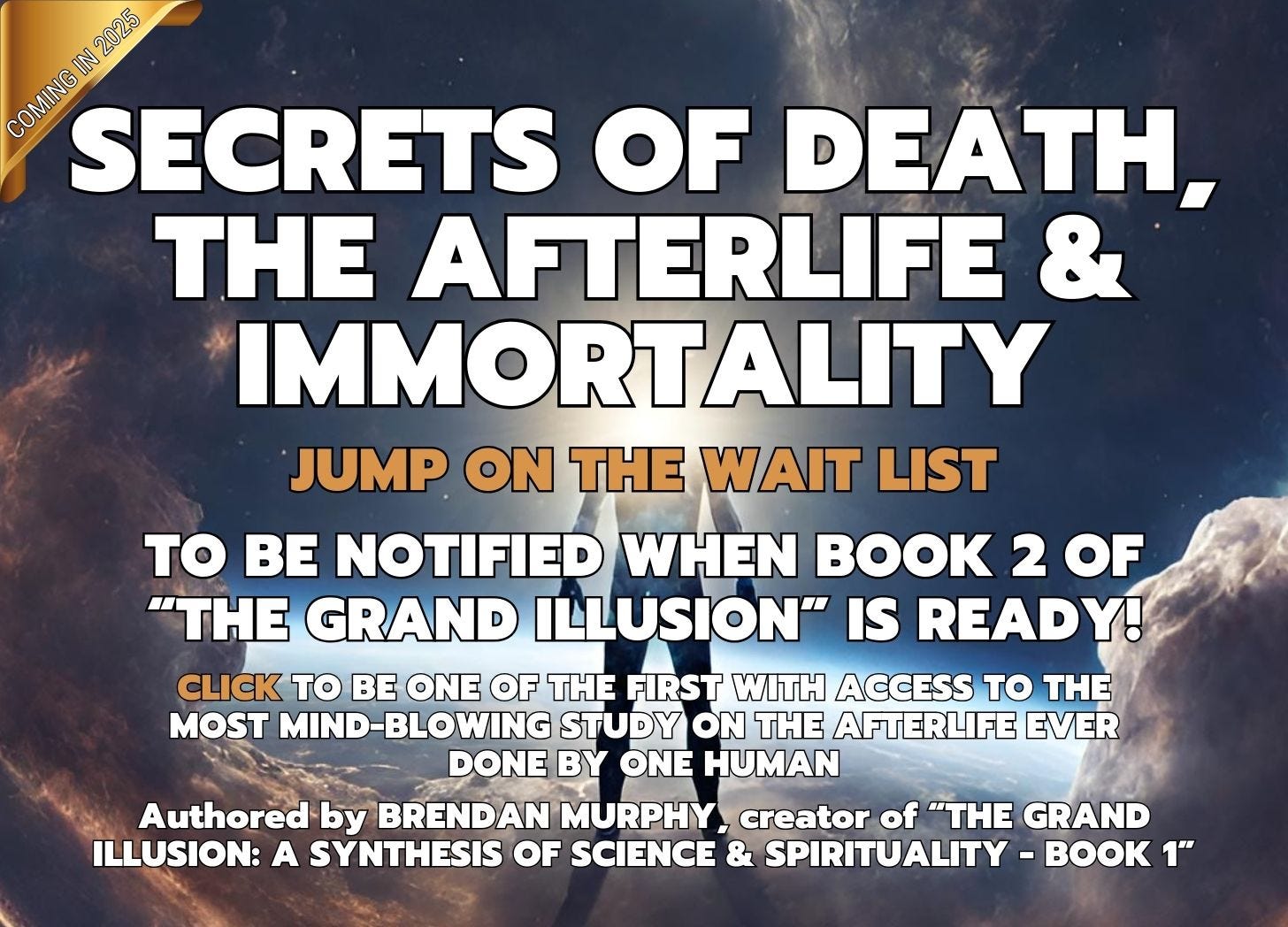
As I have emphasised in other writings, entanglement implies meaning, and, as such, it may well be the symbolic meaning associated with a particular current-life problem (e.g. sinusitis) that entangles the patient with the particular memories of a human from the “past” which are still holographically stored in the nonlocal quantum field/Akashic Records (in this example, the historical human was apparently an unfortunate “witch” who was brutally drowned by local dullards).
Hypnosis has even been used to induce people into accessing highly developed skills or knowledge possessed by known historical figures (for instance a virtuoso violinist), in a process referred to as “artificial reincarnation.”31
Various investigators have concluded that people—or detailed data describing them—do persist in the broader quantum informational field. “This, in some way, leads to the transfer of personal information to young children that become beware of this information and interpret it as their former life.”32
Technically, yes all lifetimes and selves belong, ultimately, to everyone, in accordance with the current quantum theoretical view both implies total interconnectedness (if we’re honest and willing to connect the dots), and which negates the very concept of a fixed past or a distant future (all that information is present here and now, and “linear time” is purely perceptual). Similarly, traditional Hindu and Buddhist ideas (for instance) regarding the complete interconnectedness and interdependence of all things mean that all information about everyone throughout history is available to, well… everyone.
None of us are islands in an electro-holographic universe, and every gem—or Monad—in Indra’s net reflects every other gem—infinitely (incidentally, blockchain technology could be considered a digital instantiation of the ancient Indra’s net concept, with each node reflecting/containing the information from all others, being updated on an ongoing basis—and with the eventual advent of quantum computing with its nonlocal aspect or instantaneous teleportation of data, the analogy will be even more complete).
Using today’s technological terms, every PC user is connected to the same decentralised informational database in the “cloud,” the cloud being the collective human hive mind/oversoul—an organism which is deeply networked and holographic. This interdependence and highly “networked” state, however, do not necessarily rule out the possibility of a personal informational profile being retained and subsequently available for “resurrection” (reincarnation into the space-time hologram).
On the face of it, that is what reincarnation case studies suggest is happening at any rate. (I explore the idea of retaining personal consciousness and memory data after death much more deeply in Book 2 of THE GRAND ILLUSION.)
Perhaps for simplicity we can say no one seems to fully understand all the mysteries of “past life memories,” and that we have indeed arrived, as researcher Dirk Meijer says, “at the borders of knowledge.”33
Consider what follows (in Book 2 and subsequent posts here) not merely as an exploration, but a redefinition, of those borders.
About Brendan & His Other Offers
Brendan D. Murphy is the “consciousness guy” and author of the critically acclaimed epic, “The Grand Illusion: A Synthesis of Science and Spirituality — Book 1”
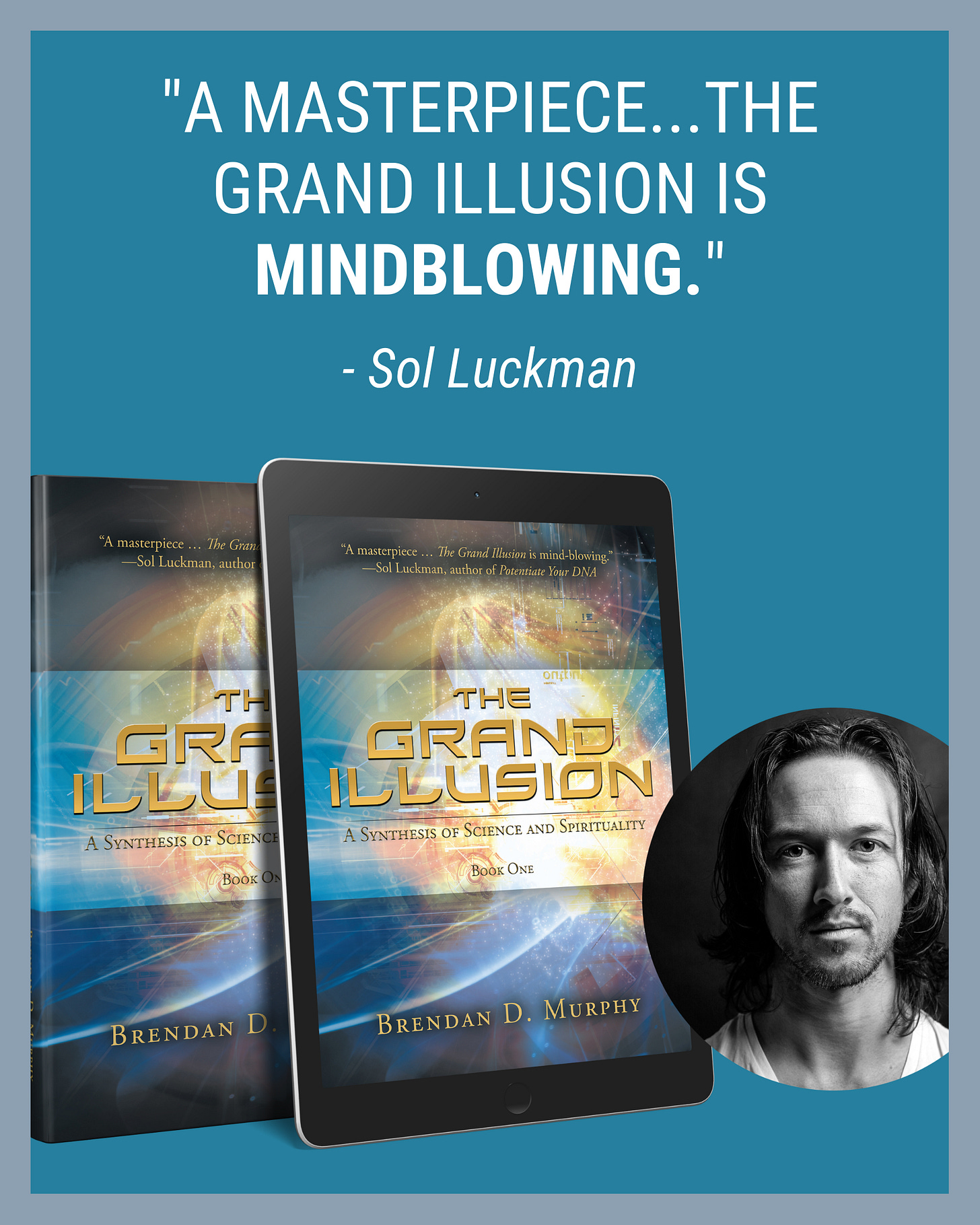
Get on the wait list for the astonishing Book 2 of “The Grand Illusion”
Entrepreneurs Only > “FREEDOM ON TAP”: Discover a leveraged, highly automated way to build income online: free 90 minute training (watch it in one go and right to the end, as your place in the video won’t be saved if you close the tab or window).
📲 Follow Brendan’s Instagram and BitChute (@BrendanDMurphyOfficial)
🧬 LEAVING SOON! ➡️ Watch the FREE How to Evolve Yourself (WITHOUT Hard Work or Meditation) Masterclass to learn about Brendan's potent evolutionary biofield activation and healing work with sound. This offer will likely be ended for good in 2025.
1 The origins of much knowledge has wrongly been attributed to the Greeks, when in fact it can often be traced farther back to Egypt and Sumer. These ancient cultures possessed more advanced knowledge in various fields, than did the later Greeks. Case in point: the Greek, Pherecydes (c 550 BC) taught in his Theologia the doctrines of metempsychosis and the soul’s immortality which he learned from the secret books of the Phoenicians, and from Chaldean and Egyptian teachers (he was an initiate of the Mysteries in other words). (Christie-Murray, Reincarnation, 51.) He, in turn, taught Pythagoras. Manly P. Hall wrote that Orpheus brought the Mysteries from the East and established them in Greece not later than 1400 B.C. Even the Egyptians symbolically acknowledged the Eastern (Indian) origin of their religion. (Hall, Reincarnation, 52-3.)
2 See Plato, Phaedo, Introduction.
3 Goswami, Physics of the Soul, 7.
4 Hall, Reincarnation, 53.
5 Agostini, Death…The Ultimate Orgasm?, 222-228.
6 Jaynes, The Origin of Consciousness in the Breakdown of the Bicameral Mind, 290.
7 Ibid., 289.
8 Ibid., 291-292.
9 Wilson, The Occult, 215.
10 Masson, The End of Our Century. Note: Masson’s book written 1979-80, put online 2001.
11 Grof, The Holotropic Mind, 131.
12 Janice Hopkins Tanne, Ian Pretyman Stevenson, https://www.ncbi.nlm.nih.gov/pmc/articles/PMC1839221/
13 Stevenson, Birthmarks and Birth Defects Corresponding to Wounds on Deceased Persons, Journal of Scientific Exploration, Vol. 7, No. 4, pp. 403-410, 1993
14 http://www.childpastlives.org/library_articles/stevenson.htm
15 Ibid.
16 Calvi-Parisetti, 21 Days into the Afterlife, 90.
17 http://www.childpastlives.org/library_articles/stevenson_omni_intv.htm
18 Omni Magazine Interview with Dr. Ian Stevenson by Meryle Secrest
19 Grosso, Experiencing the Next World Now, 122.
20 Stevenson, Birthmarks and Birth Defects Corresponding to Wounds on Deceased Persons, Journal of Scientific Exploration, Vol. 7, No. 4, pp. 403-410, 1993
21 www.childpastlives.org/library_articles/stevensonlecture2.htm
22 Talbot, The Holographic Universe, 295.
23 Humphrey, UFOs, PSI and Spiritual Evolution.
24 Grossman, Who’s afraid of Life After Death?, Journal of Near-Death Studies, 21(l), Fall 2002 2002 Human Sciences Press, Inc
25 Ibid.
26 Hall, Reincarnation 1978, 24.
27 Strieber, The Afterlife Revolution, chapter 6.
28 Whitton, 62.
29 Morse, Where God Lives, 67-8.
30 Laszlo, Science and the Reenchantment of the Cosmos, quoted in Somerset, An Ecology of Soul, 55.
31 See Murphy, The Grand Illusion, Book 1.
32 Meijer, The Anticipation of Afterlife… op. cit.
33 Meijer, The Anticipation of Afterlife… op. cit.



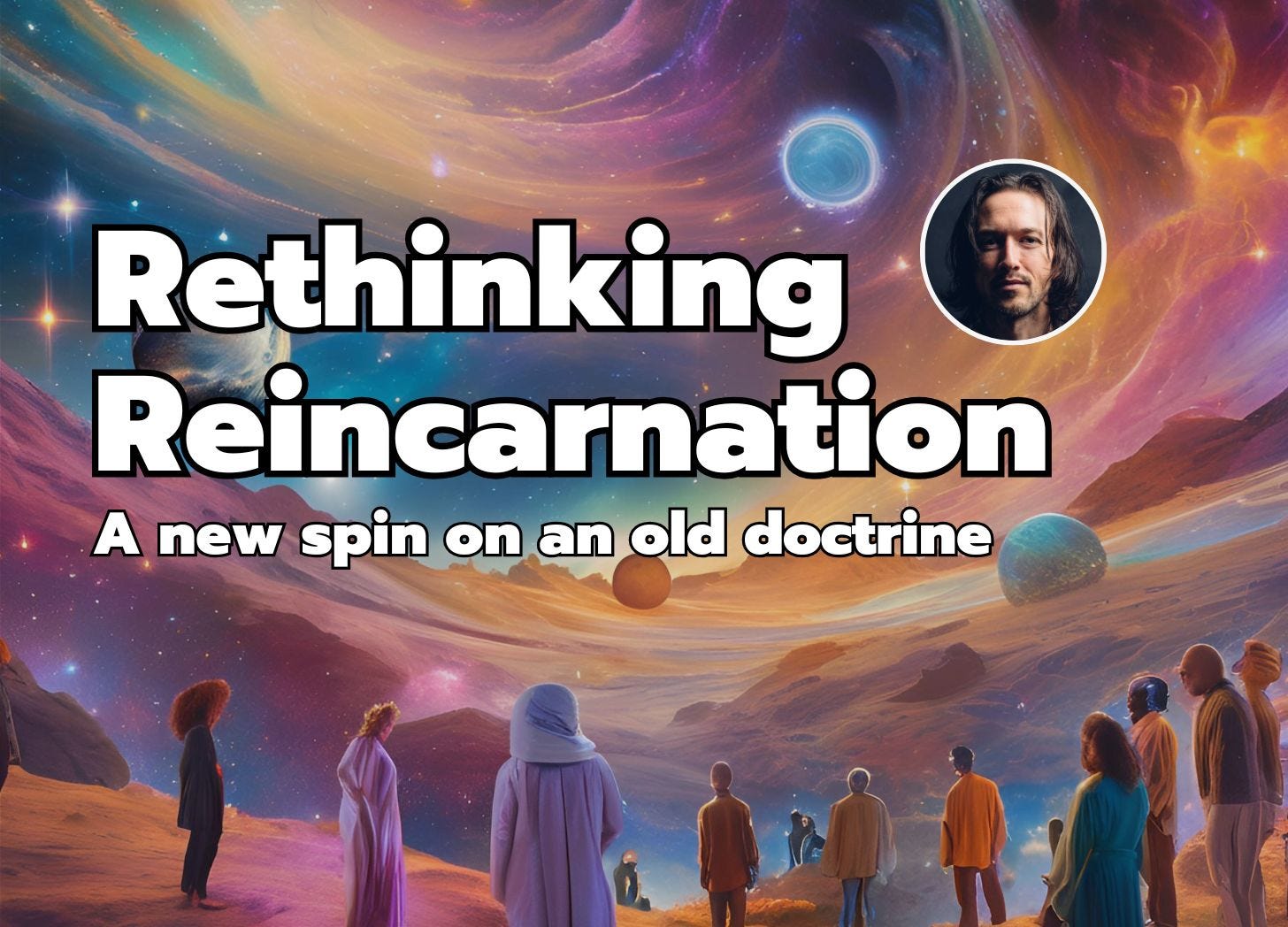




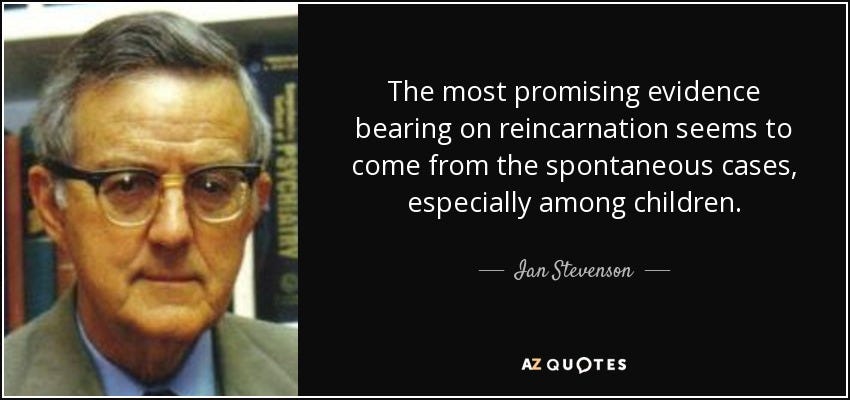
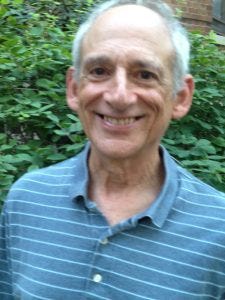



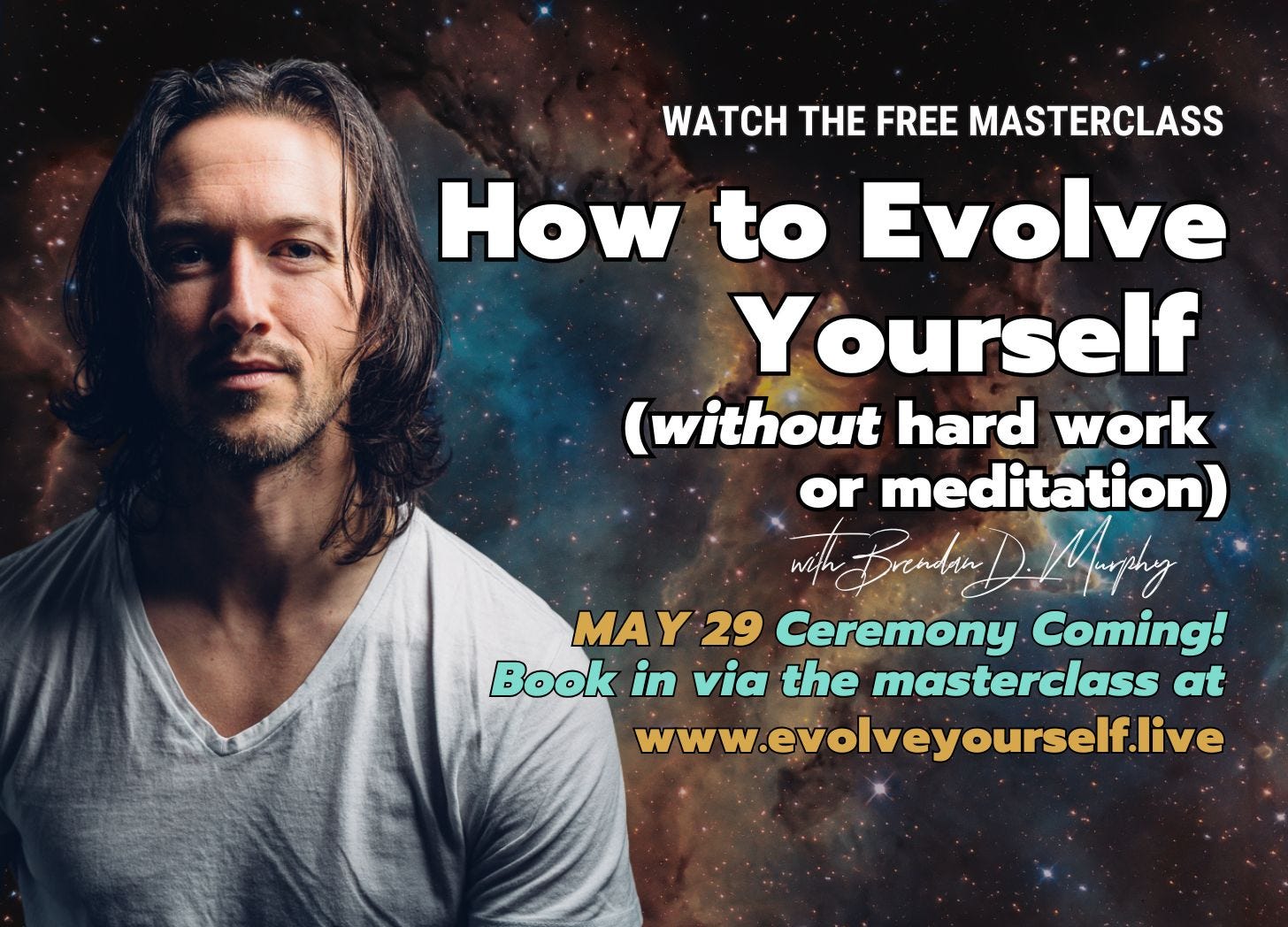
Thanks for the share!